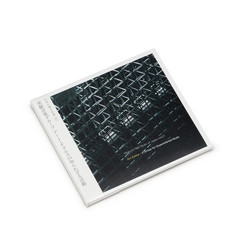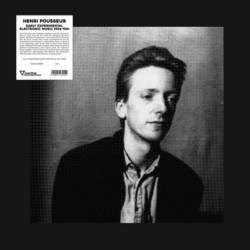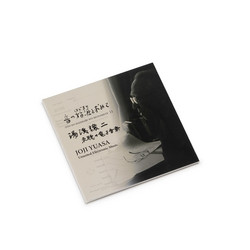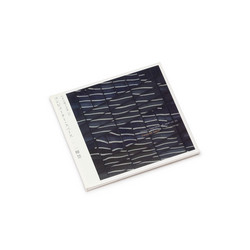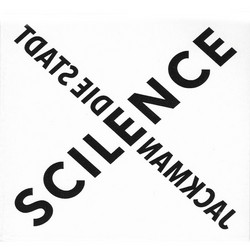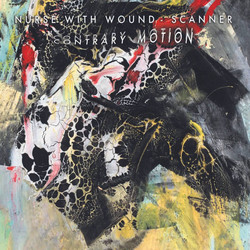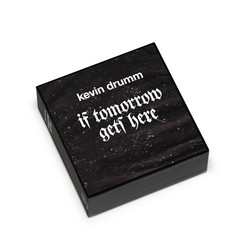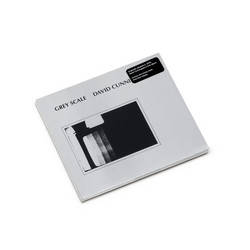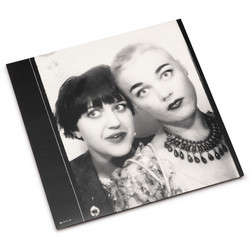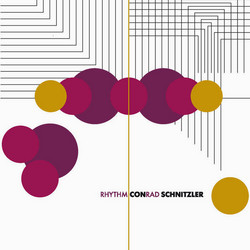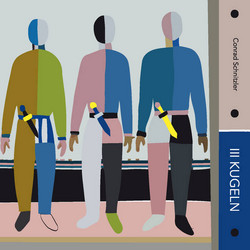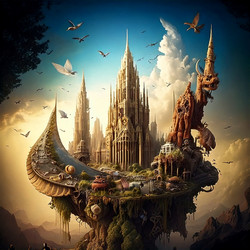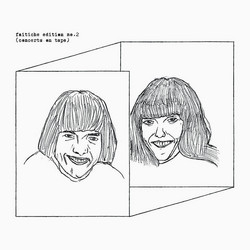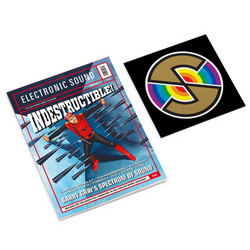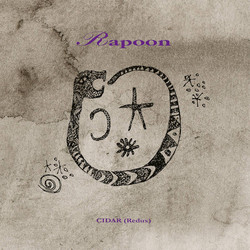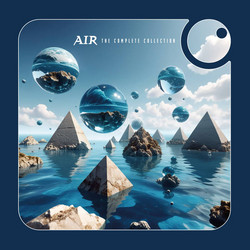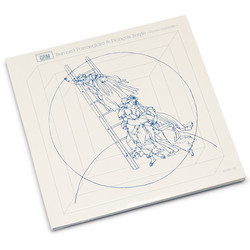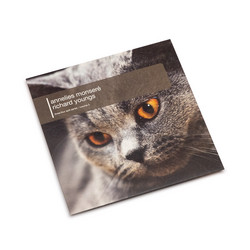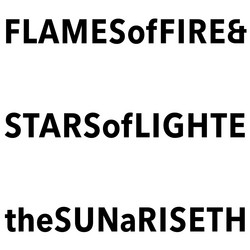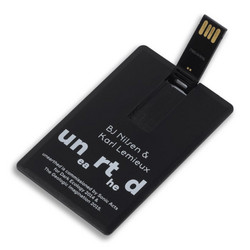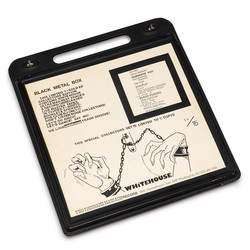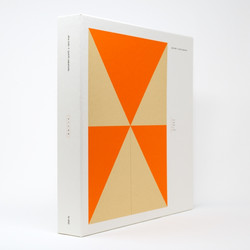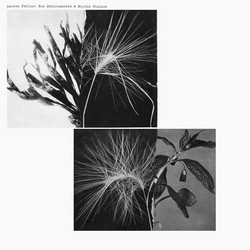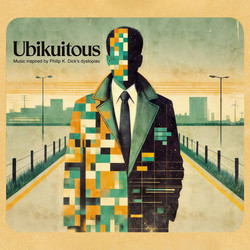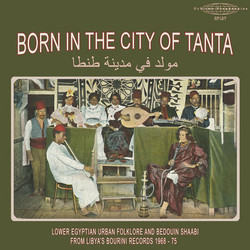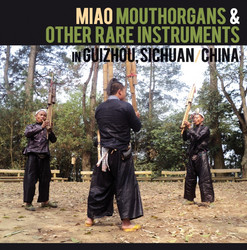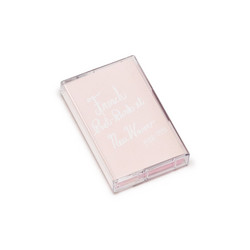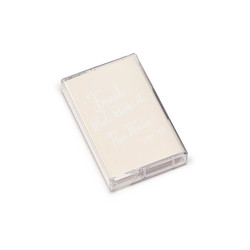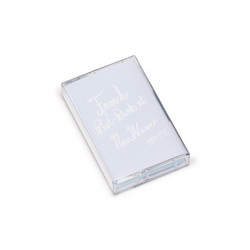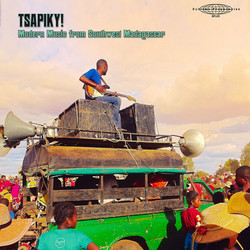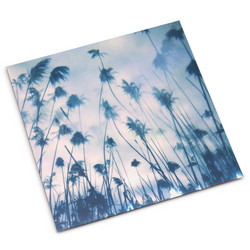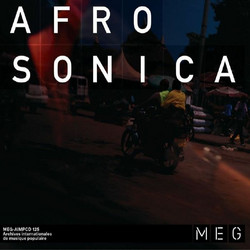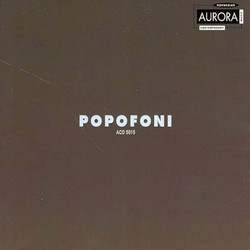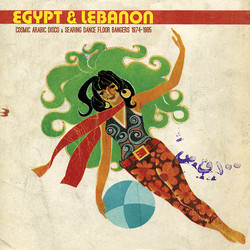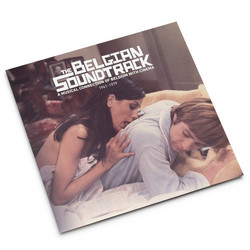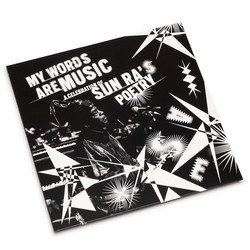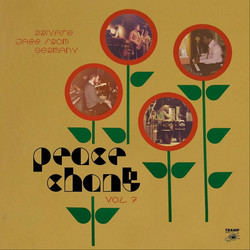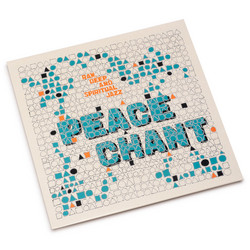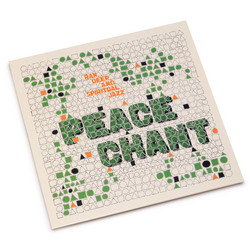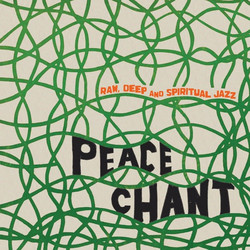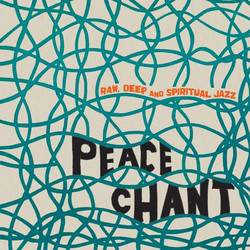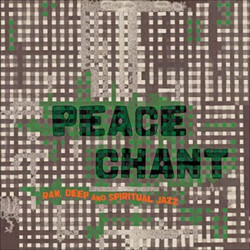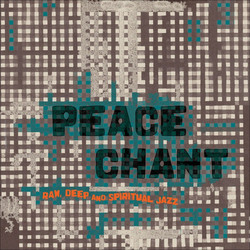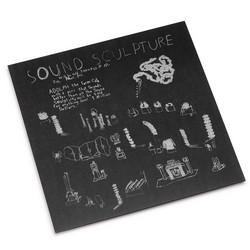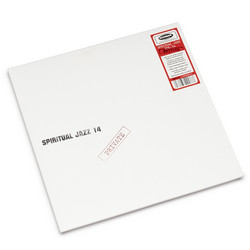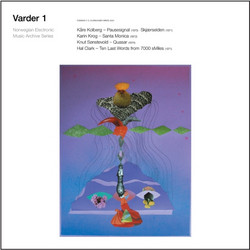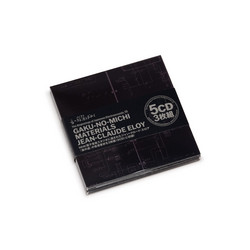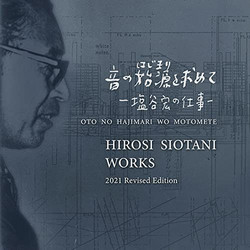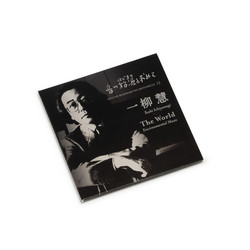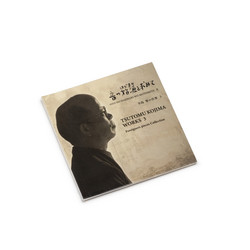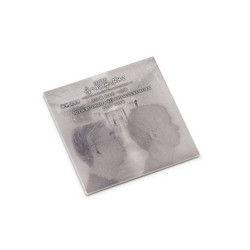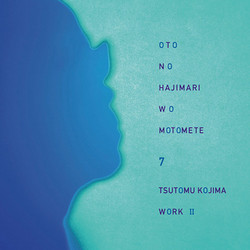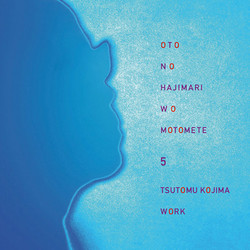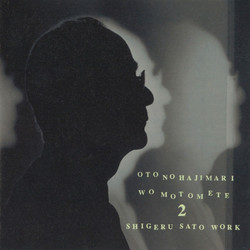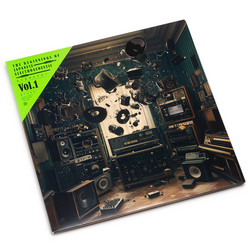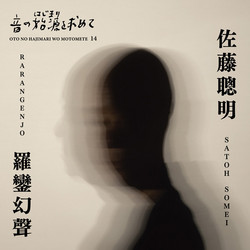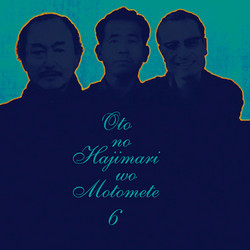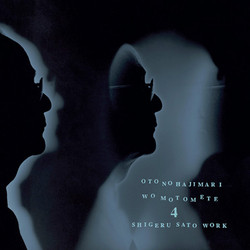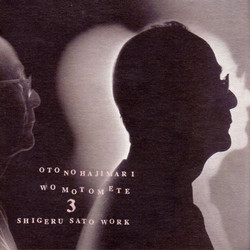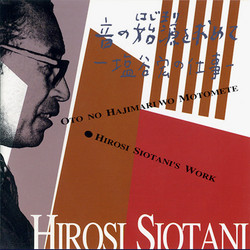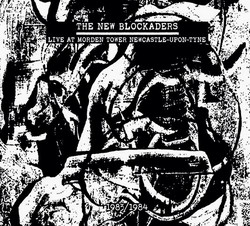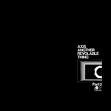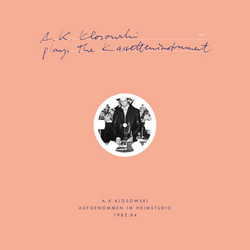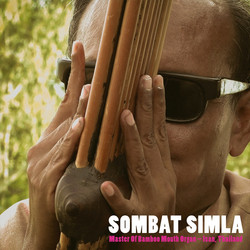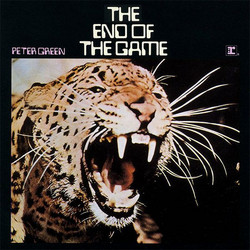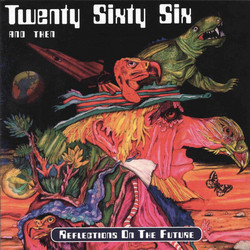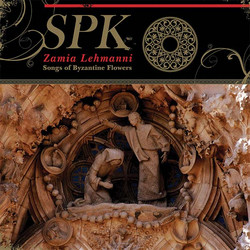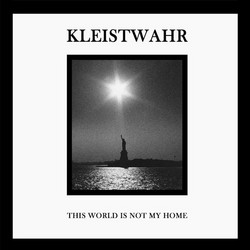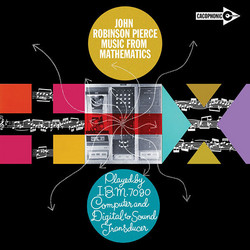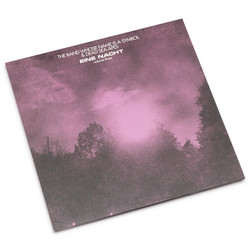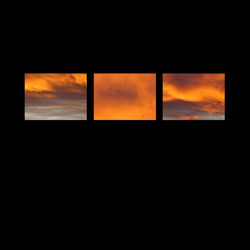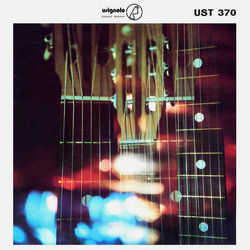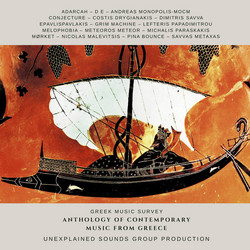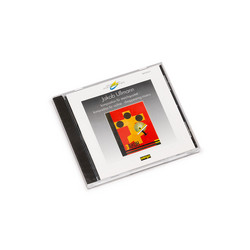Various
Oto No Hajimari Wo Motomete 8: Inamura, Tokuono, Sasaki, Ohtsu Work
The final issue of archve series of NHK electronic music studio. Recent issue of archve series of NHK electronic music studio. 4 engineer Kiyoshi Inamura, Masao Toku'ono, Kishichi Sasaki and Sadamu Ohtsu assisted 50-60's works. Especially works of Matsushita and Kon were made at out of headquater of NHK (Osaka and Fukuoka branch) - they had only poor know-how and equipments. contents: Toshiro Mayuzumi "Aoi no Ue" (1957) - qiute different work for Joji Yuasa's same title. Shin'ichi Matsushita "Kuroi So-in" (Black Temple / 1959) - poetry reading (by Katsyei Kitazono), chorus and electronic sounds. Toshi Ichiyanagi "Parallel Music" (1962) - his first electronic work after come back from U.S. avant-garde tape music used chance operations. Shiro Kon "Music for 12 players and Electronic sounds" (1965).
- 1. “Princess Hollyhock” Toshiro Mayuzumi (1957)
- The electronic pulse was used instead of Tsutsumi and the movement of a sine wave was used instead of the dragon flute. Produced as part of a 1957 art festival entry. It is an electronic music by the Konparu Zensaku made in the 15th century Noh of the classic "Aoi No Ue/Princess Hollyhock“.
- 2. “Black Monastery(Le Cloitre Noir pour voix humaines et musique électroniques)” Shinichi Matsushita (1959)
- A work composed of human voice and electronic sound, composed based on Katsue Kitazono’s poetry. It was produced at the Osaka Broadcasting Station as a work participating in the 1959 Art Festival. In order to make use of drama, the real world is expressed with traditional percussion instruments, and the transcendental sounds of a surreal and fictional world that cannot be expressed with musical instruments were expressed with electronic sounds.
- 3. “Parallel Music” Toshi Ichiyanagi (1962)
- This is a chance-operation work that was made by tuning in and out freely in layers the sounds of musical instruments, environmental noises, human voices, electronic sounds, and other sounds that just come in parallel.
- 4. “Music for 12 players and electronic sound” Shiro Kon (1965)
- A work produced at the Fukuoka Broadcasting Station. The material was provided from an electronic music studio using a broadcast line. This work is mainly made up of sine waves and white noise, but it captures electronic sounds from sine waves in the dimension of average pitch, not frequency. The album is the continuum of the original and electronic music parts.
Track 1: 1957, Track 2: 1959, Track 3: 1962, Track 4: 1965.
Recorded at the NHK Electronic Music Studio, Tokyo, except track 2 recorded in Osaka and track 4 recorded in Fukuoka. Includes 10-page booklet with liner notes in Japanese.
